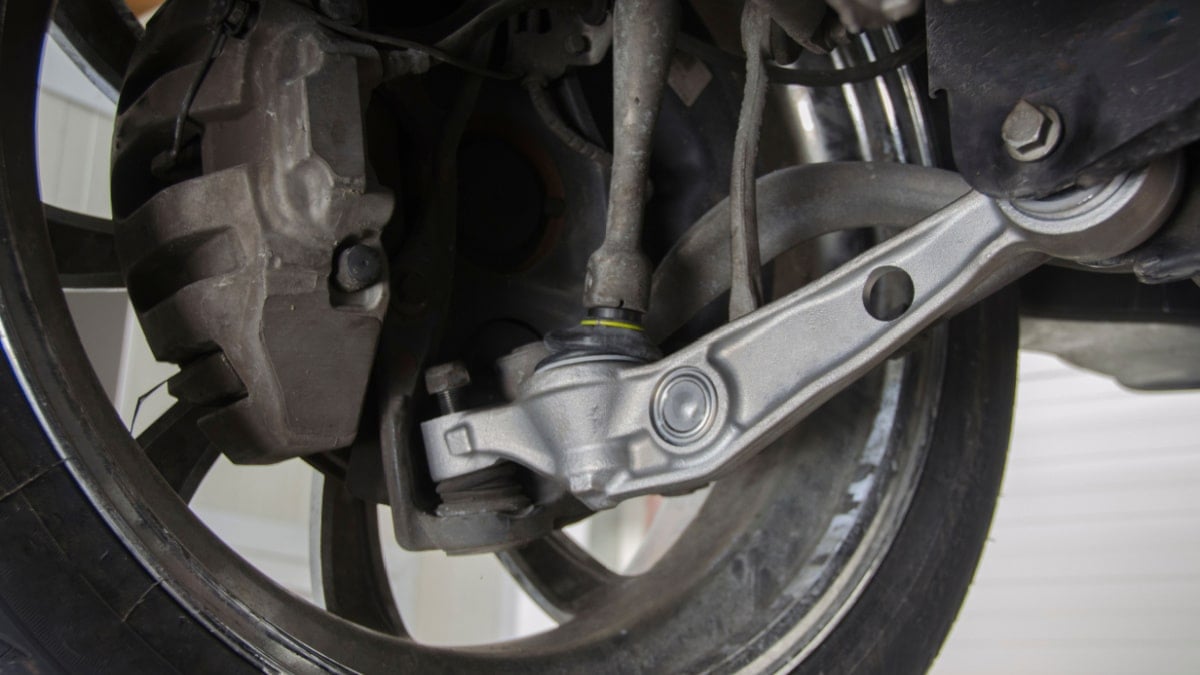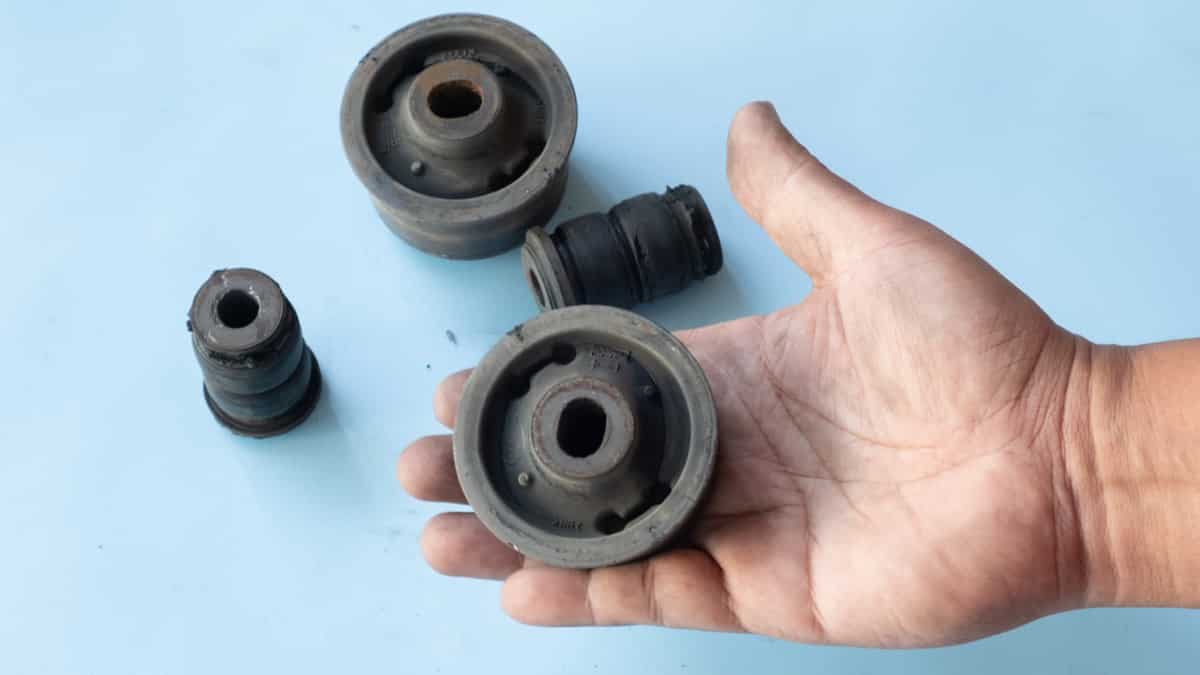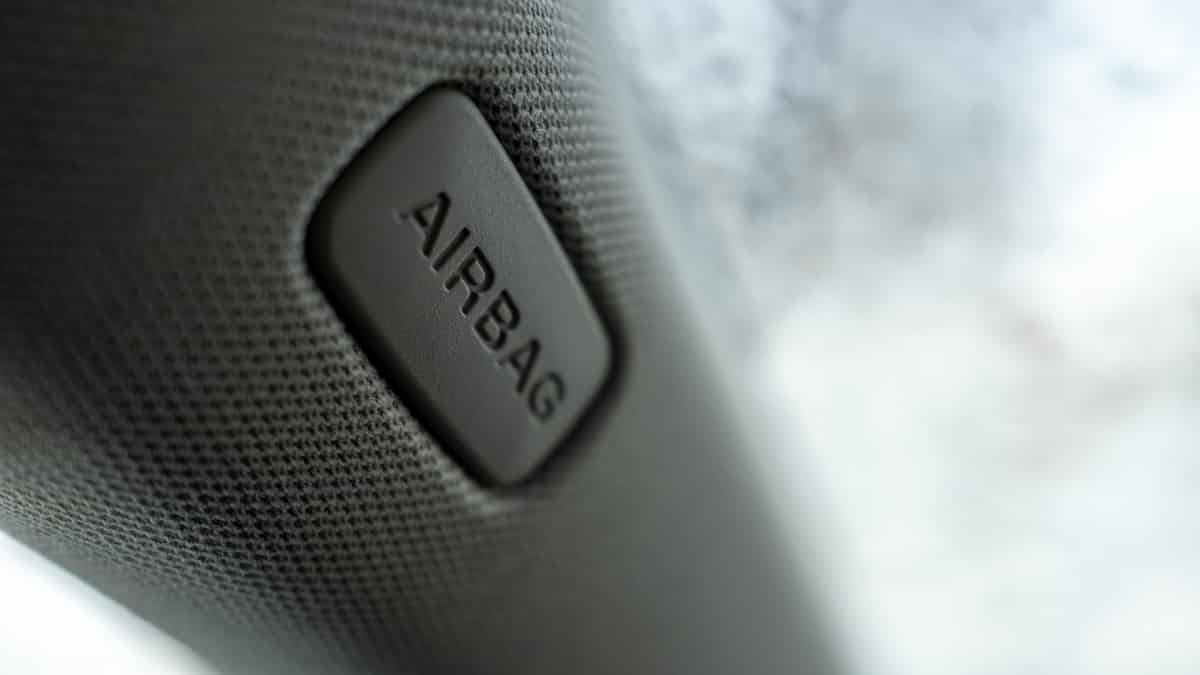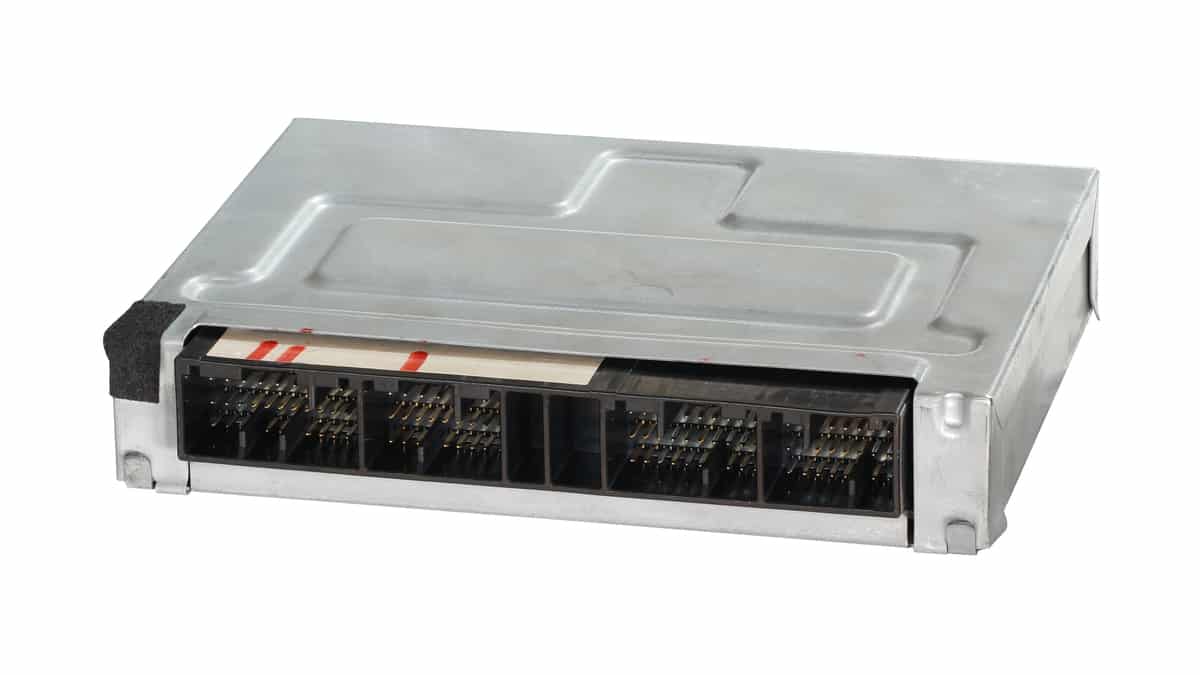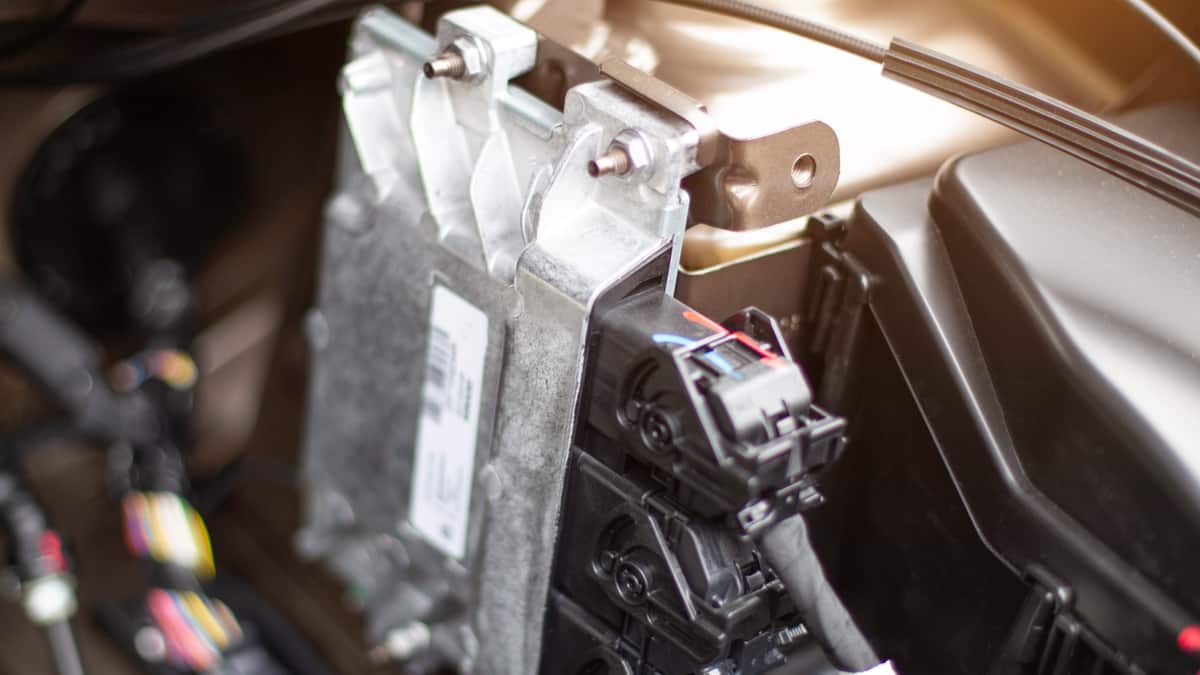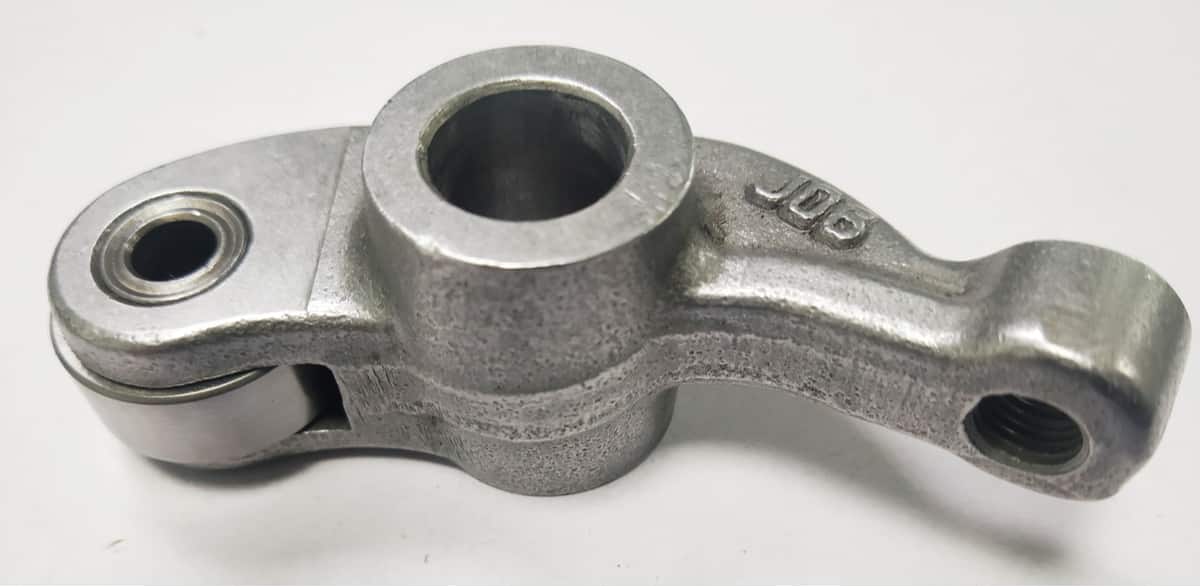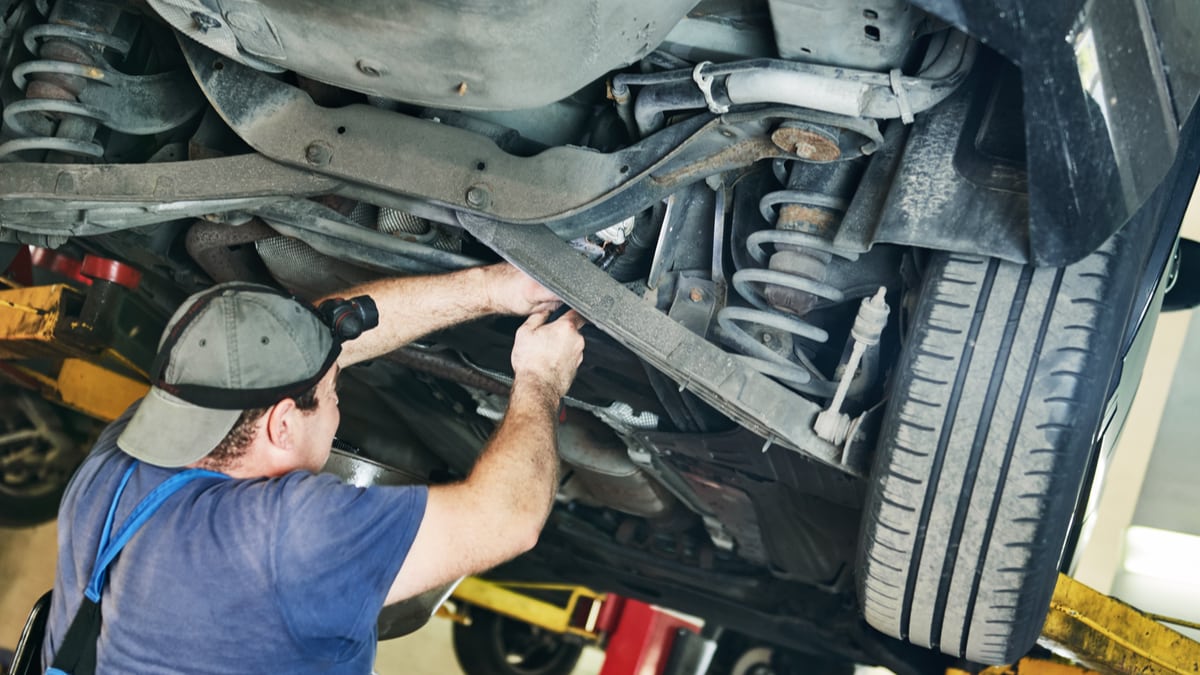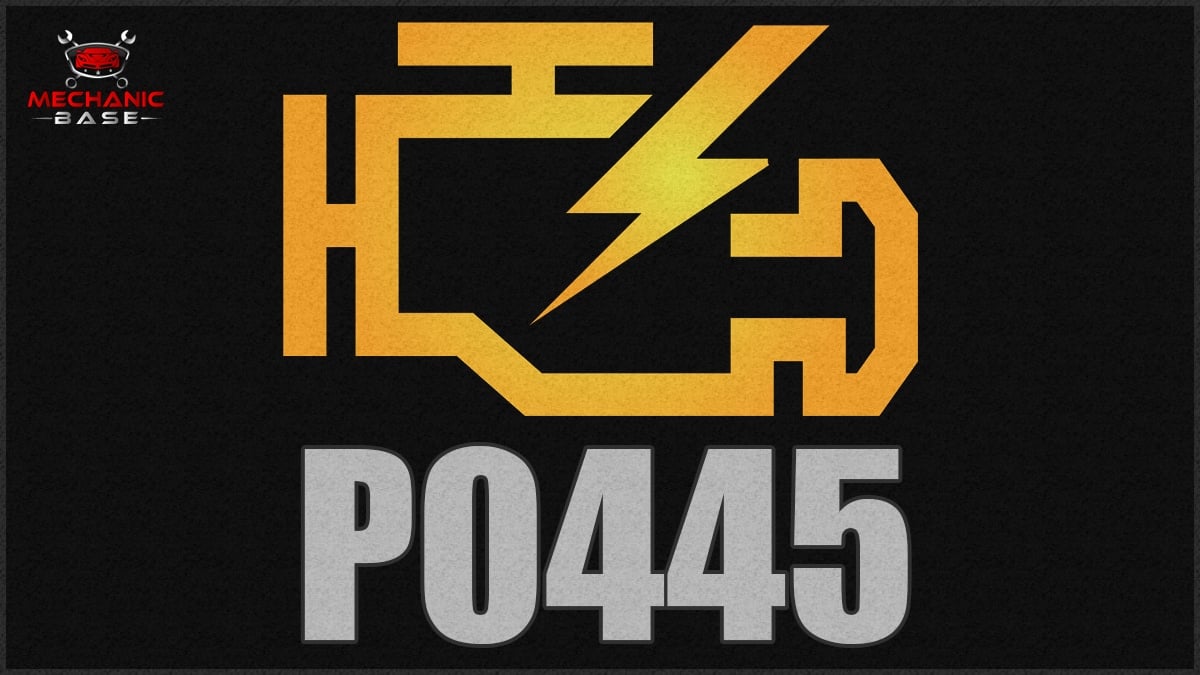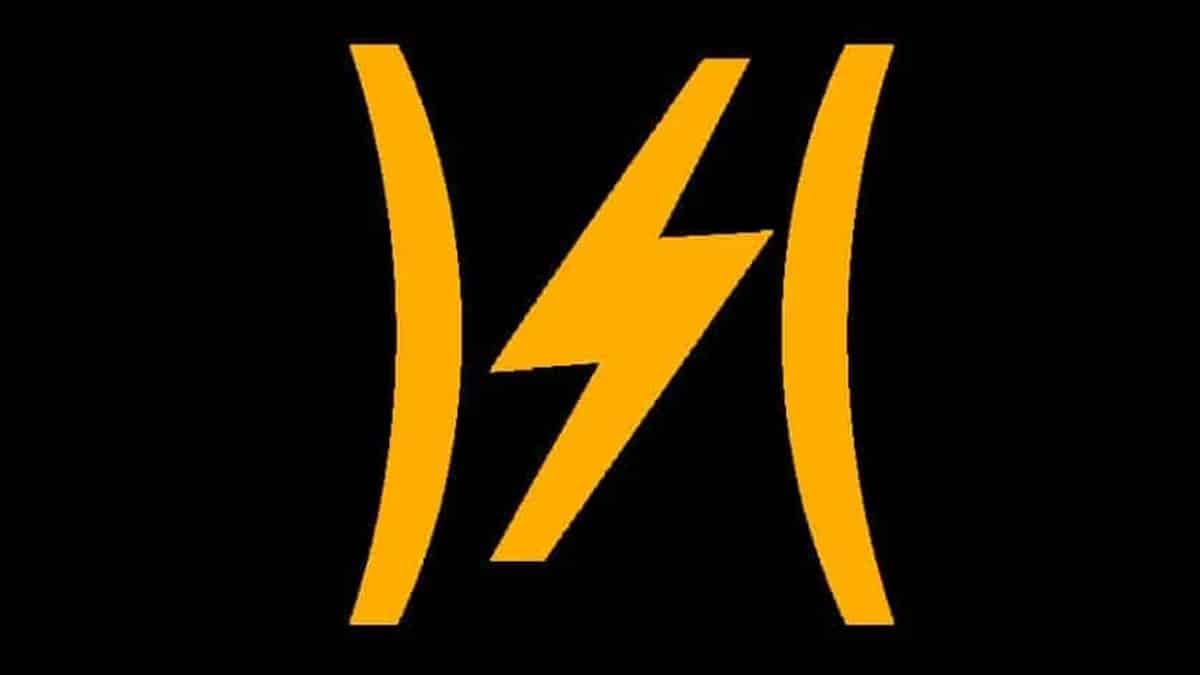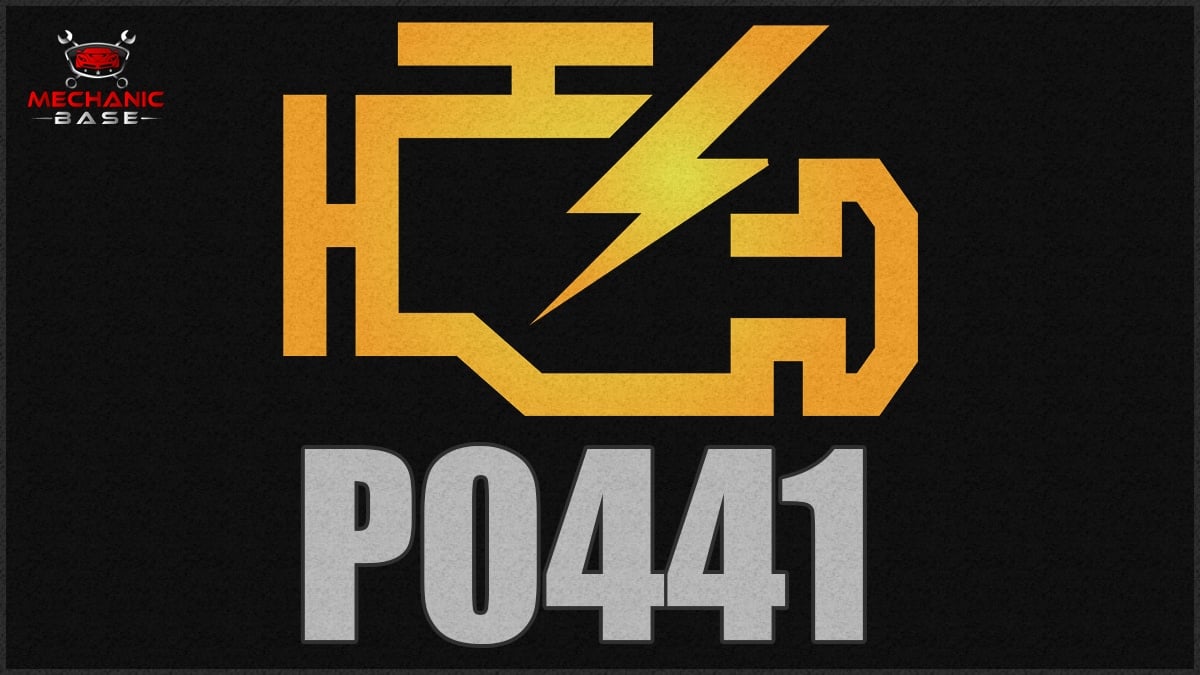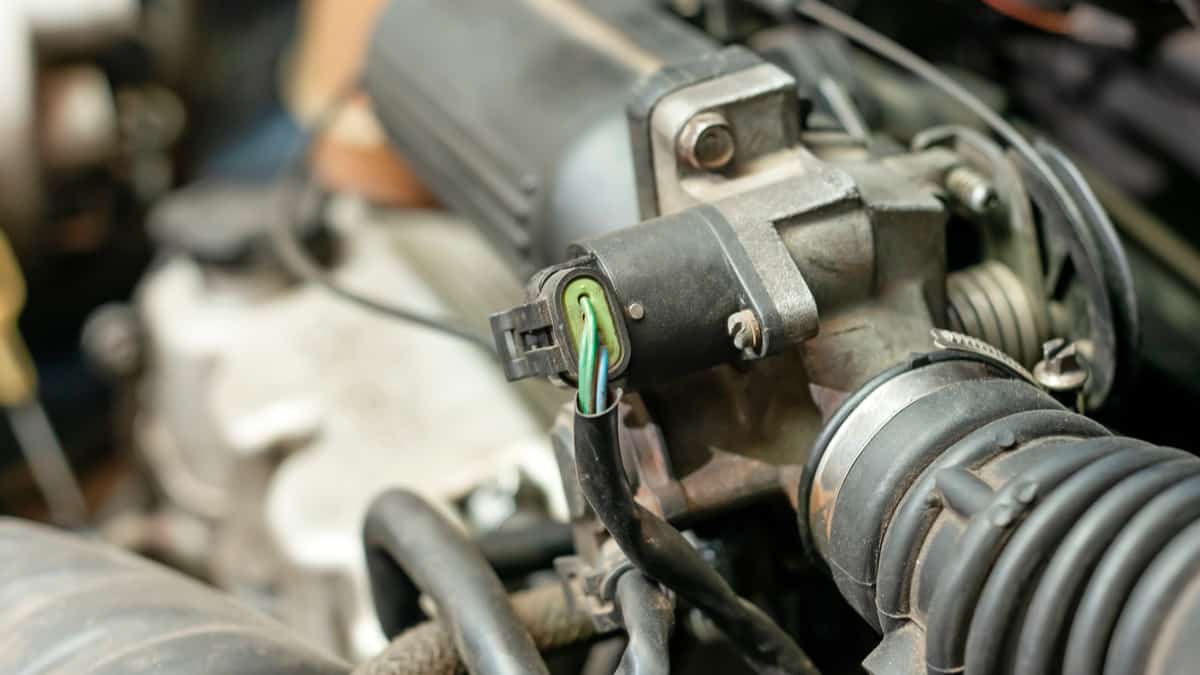The majority of drivers may not understand what the control arm is or how important it is to the suspension system. Yet, when something goes wrong, it doesn’t take long to learn the basics of the control arm and what makes it so essential. If you face a repair, you want to know the average control arm replacement cost before you schedule an appointment.
In this guide, we cover the overall cost of replacing a control arm. We will also show you the factors that affect this repair cost and explain what the valuable part does. If you want to perform the replacement yourself, we can give you some basic steps, plus we aim to answer your most-asked questions at the end.
How Much Does It Cost To Replace A Control Arm?
On average, it will cost between $250 and $700 for a control arm replacement by a professional. The price is lower if you can perform the job yourself and only need to pay for the parts. Additionally, several factors further alter the repair cost of the control arm.
Your vehicle type plays a big role, plus the quality of the parts you choose. After that, you must factor in what is spent on the labor, plus the additional services, such as a wheel alignment.
Factors Affecting The Control Arm Replacement Cost
Let’s take a closer look in-depth at the factors that change the cost of the control arm replacement service. If you are hoping to estimate the repair bill, these categories will help you figure out what you might be looking at.
1. Vehicle Make/Model
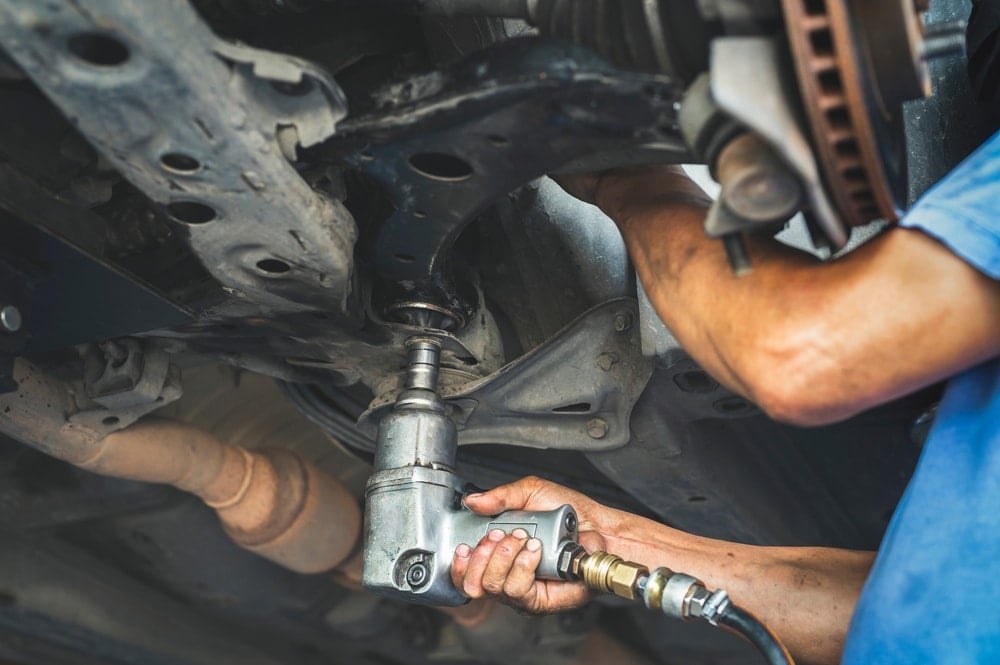
With most car parts, you can figure that a compact car might cost more to fix than something larger, but that doesn’t seem to be the case with the control arms. In fact, the opposite could very well be true after looking at some estimates.
Today’s most popular sedans could cost slightly more to replace the control arm than a full-size truck. Of course, either way, the cost isn’t significantly more. Some vehicles does also have a much more complex suspension system, which will make it much more difficult to replace the control arm.
2. OEM vs. Aftermarket Parts
The price of the part must be evaluated. If you want the exact same control arm that was on your vehicle from the factory, you should aim to purchase the OEM part. This control arm can be purchased from a local dealership and it will usually cost more than other options.
If you aren’t worried about having the exact same part, plenty of manufacturers make aftermarket parts. You can find these from a local auto parts store or online to save some money. In most cases, the aftermarket parts perform to the same level as an OEM component, but it’s important to choose a reputable manufacturer.
READ MORE: OEM vs. Aftermarket Parts: Differences (& Which is Better?)
3. Additional Parts Required
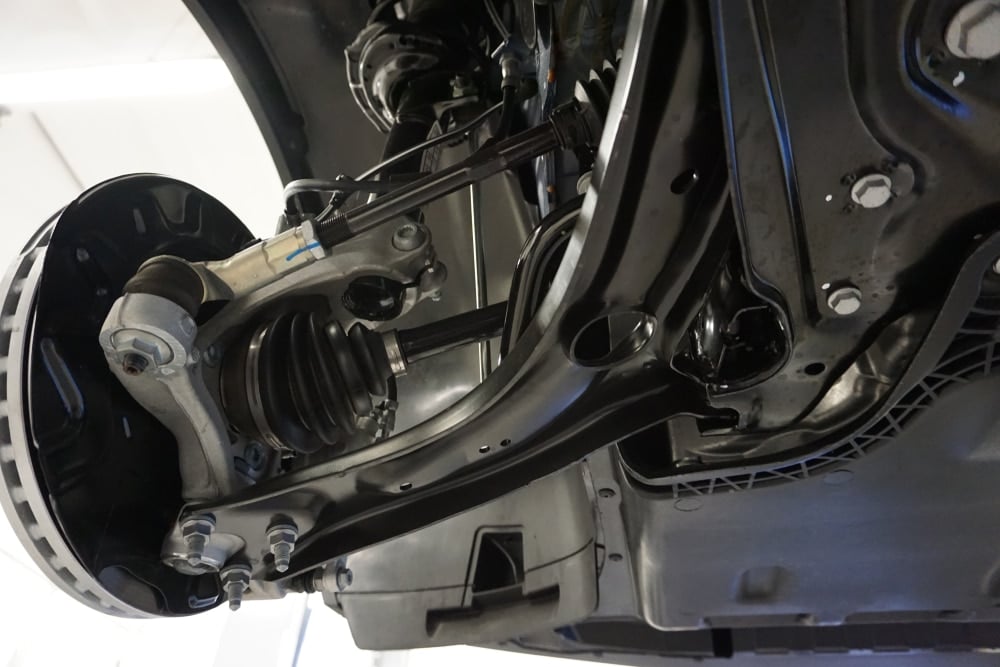
In most cases, you shouldn’t need anything more than the control arm for replacement. However, there could be times when the sway bar links also need to be replaced.
Additionally, if the ball joints aren’t incorporated into the control arm, these may also need to be replaced. Beyond this, it might be time to purchase some special tools and equipment to complete the job yourself. All of these additional costs should be figured into your estimate.
RELATED: Ball Joint Replacement Cost
4. Labor Costs
If you aren’t replacing the control arm, you must figure out what the labor cost is. The price will depend on multiple factors. First, the area you live in plays a part in the cost. If you are near a busy urban area, you will spend more than in a rural location.
Additionally, the type of vehicle you drive has a lot to do with the labor cost. Some vehicles make it much easier to replace the control arm than others, requiring fewer hours of labor. Finally, the type of shop you visit changes the labor cost. If you prefer to go to a dealership, you will spend more than by visiting your local repair shop, but the expertise is generally higher, plus there is a guarantee with the work.
5. Wheel Alignment
After the control arms are replaced, you should have a wheel alignment performed. Because the suspension has been changed, it’s important to double-check that the alignment is straight.
On average, you could spend $75 to $150 to have a wheel alignment performed. Most local tire shops will perform a wheel alignment without an appointment.
What Does a Control Arm Do?

The control arm is a vital suspension part. It connects to the steering knuckle, which attaches to the hub and bearing assembly of the wheel with the help of a ball joint. On the other end, the control arm connects to the vehicle’s body or frame.
As your car travels over the road, bumps cause the control arm to pivot up and down. With this movement, the vehicle remains stable, even if the road is imperfect. Because the control arm has bushings, it can easily pivot as needed.
How To Replace A Control Arm
If you want to replace the control arm in your home garage, we recommend reading the service manual. Beyond that, we can offer some general steps that will guide you along the way.
Start by gathering your tools and equipment. You may need:
- Floor jack
- Wheel chocks
- Jack stands
- Ball joint separator tool
- Hammer
- Breaker bar (optional)
- Ratchet
- Wrenches
- Sockets
After you have your equipment and the replacement control arm, you can follow these steps.
1. Secure the Vehicle
Before you do anything, find a level place to park the vehicle. You want to work in an environment that is flat and smooth, where possible.
Secure the vehicle by putting wheel chocks behind the rear wheels. If you want some additional security, you can put a set in front of the rear wheels too.
2. Lift the Vehicle
To get to the control arm, you will need to lift the vehicle. With your floor jack at the appropriate point, raise the front of your vehicle.
Once it is in the air, you can put the jack stands at the right spots for support. Carefully lower the vehicle onto the jack stands before removing the floor jack.
3. Take off the Wheel
To replace the control arm, you need to remove the wheel. With your ratchet and socket, loosen up the lug nuts on the wheel.
Carefully pull the wheel off. Set it aside in a safe location and keep the lug nuts somewhere that you will remember.
4. Separate Ball Joints
You must separate the ball joint from the steering knuckle. Use your socket and wrench to remove the nut and bolt that secures the stud.
With your ball joint separator, you can get between the hub and the ball joint. Use a hammer to tap it a couple of times. It may take some decent hits before it separates. The older the ball joints get and the more mileage that’s on them, the harder this process can be.
5. Separate Control Arm
You must now take the control arm off of the cradle. With certain vehicles, you can take the control arm bolts off with a ratchet and socket on one side and use your wrench with the other. On other models, you could need two wrenches for the removal because space can be limited.
However, if you remove the nut and bolt holding it in, the control arm will be ready to pull out. You may need to apply a little muscle to get it off.
6. Install New Control Arm
With the old parts off, you are ready to install the control arm you purchased. This process moves in the opposite direction of the removal.
Start by bolting the cradle side first. After that side of the control arm is on, you are ready to bolt the ball joint to the steering knuckle. Before you tighten the bolt all of the way, make sure it’s pushed in as far as possible.
RELATED: 5 Symptoms Of A Bad Control Arm Bushing (& Replacement Cost)
7. Reinstall Wheel
Once the control arm is in place, you are ready to put the wheel back on. Lower the vehicle back to the ground carefully.
After you take your vehicle to the shop for a wheel alignment, you should spend some time test-driving the vehicle with the new repairs. If anything seems unusual, you may want to have a mechanic take a look at your work.
Is It Worth Replacing Control Arms?
You need to replace the control arm if there’s a defect. Beyond that, you may consider upgrading the control arm after performing a suspension lift for added durability and better performance. If you want the best ride possible, we recommend investing in a high-quality control arm.
Can You Drive With A Broken Control Arm?
When the control arm breaks, the suspension becomes misaligned. While it might be possible to drive, it’s not advisable. We recommend that you replace the broken control arm as soon as possible before your drive is hindered and your safety is compromised.
Can You Just Replace One Control Arm?
Some people are okay with replacing one control arm at a time, but it’s usually advisable to replace them in pairs. Under normal circumstances, both control arms are going to have the same amount of wear. If you put one good one on and leave a worn one in place, the suspension becomes imbalanced.
How Long Does It Take To Replace A Control Arm?
It can take a few hours to replace the average control arm. Considering most vehicles have two to four control arms, the labor time could increase significantly if you need to replace more than one control arm at a time.
Do You Need An Alignment After Replacing Lower Control Arm?
Whenever you alter the suspension or replace parts, it’s best to have the alignment checked. The cost for a wheel alignment isn’t much and it will help you keep the car driving in a straight line. Without a wheel alignment, you risk having a rougher ride and there could be increased wear to the tires.
Can I Replace Control Arms Myself?
If you have the necessary equipment and tools, plus you feel experienced enough to tackle suspension repairs, you can replace control arms in your home garage. However, if you feel overwhelmed by the thought, it’s best to hire a professional mechanic for the job.
With the average cost of control arm replacement being reasonable, you can budget ahead for this vital repair. Depending on what type of vehicle you have, where you are getting it repaired and what other parts are needed, you could spend anywhere from $250 to $700, on average.
To lower the costs of the control arm replacement, consider doing the job yourself. With the right tools and some spare time, you could save a few hours on the professional labor charge by doing the work at home.
Learn more:
Categories: Estimator, Suspension
